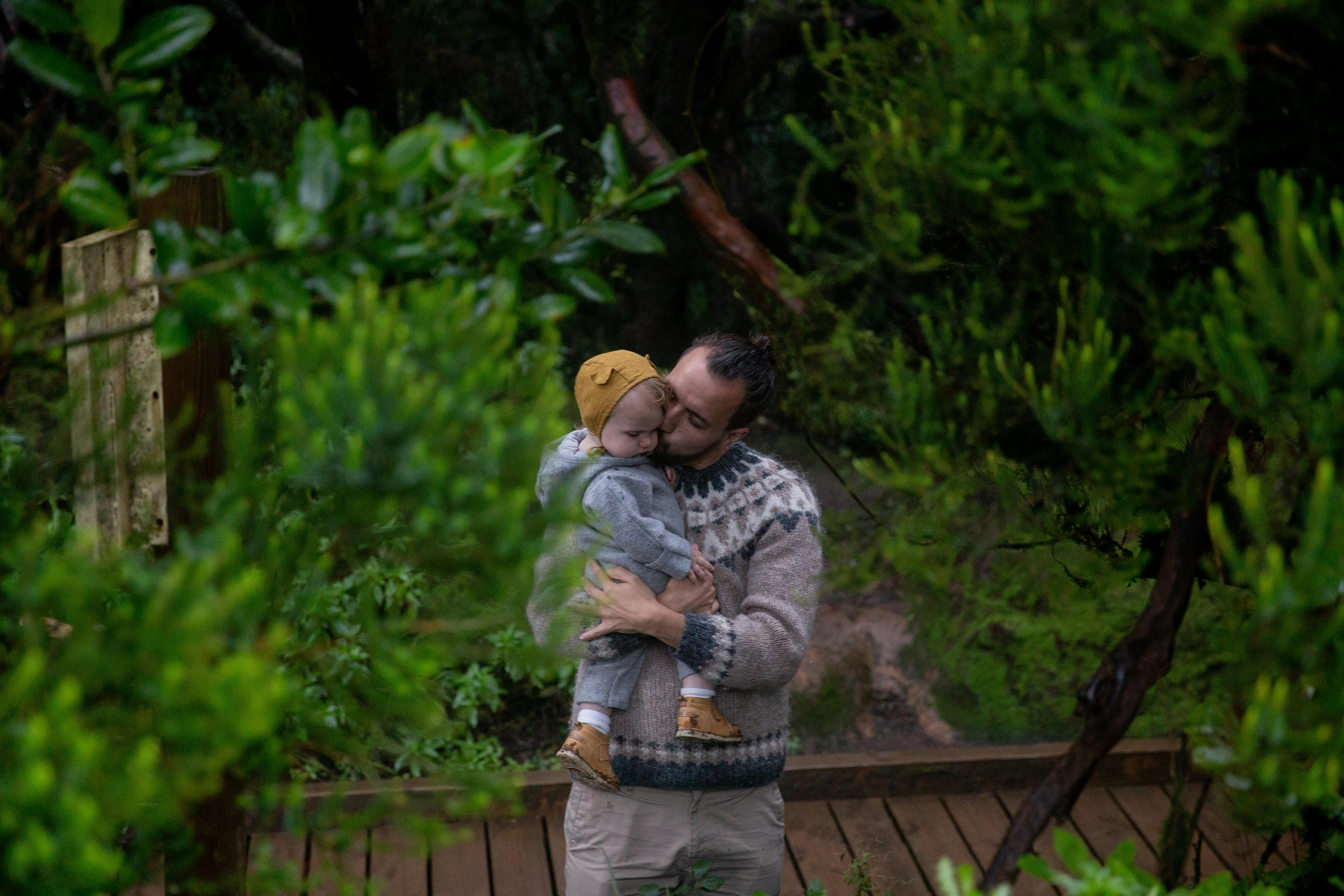Stay dry for at least 2 hours.
regular bowel movements Website design By BotEap.com2. Intellectual preparation Website design By BotEap.comUnderstanding of commands and instructions.
Cooperate during training Website design By BotEap.com3. Psychological preparation Website design By BotEap.comRecognize the nuisance caused by dirty diapers
Ask to have their diapers changed
Recognize a full bladder
Recognize between the need to urinate or defecate Website design By BotEap.comHere are some tips on how to potty train your child quickly: Website design By BotEap.com1. Don’t force or push your child too fast. Your child is just beginning to develop habits in life, so take the process slowly. Occasional crashes or relapses are normal in the beginning, so don’t punish mistakes too much. Go at a pace that is right for your child. If you start potty training before your child is ready and push him to go at a fast pace, this will often lead to resistance. Website design By BotEap.com2. Counter resistance. Sometimes if kids go through a bad experience related to potty training, you should be able to handle the resistance just fine. If you scold and punish resistance, negative reinforcement won’t help you at all. So if you meet resistance, determine the problem and be the one to change your approach. This is easier to do than trying to force your child, which can further compound their negative perception of potty training. Website design By BotEap.com3. Set rewards and use positive reinforcement. Be sure to praise and reward your child every time he does well. This includes using the potty, asking permission to use it, using it correctly, etc. You can use small rewards like toys or candy. Website design By BotEap.com4. Ask him to participate in changing his own diapers. Don’t treat your child like a doll when you change diapers. Tell him what’s going on and even ask him for help. Have her throw the dirty diapers in the trash and let her pick out new underwear. Teach him to put it on. Website design By BotEap.com5. Physical punishment will get you nowhere. Don’t use physical punishment when your child makes mistakes. Instead, use verbal reprimands, but make sure you don’t yell or embarrass him, especially in public. Website design By BotEap.com6. Train your mind. Instead of physically punishing your child, it would be better to train his mental faculties and condition him to the idea of using the potty. You can easily do this with subliminal messages, which target the subconscious mind. The subconscious mind is the part of the mind that controls people’s actions, behaviors and habits. So if you instill good potty training ideals into your child’s subconscious, you’ll be able to avoid conscious resistance to potty training.
